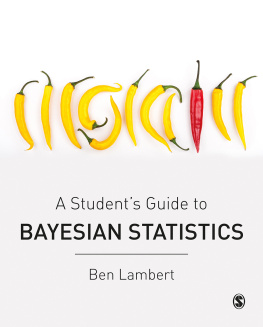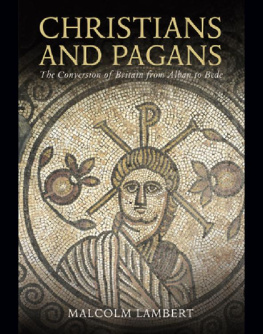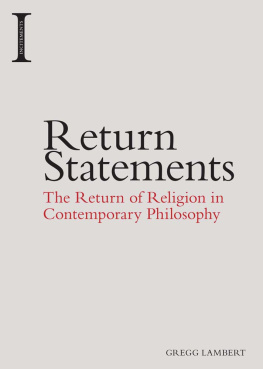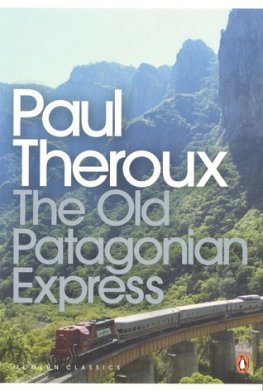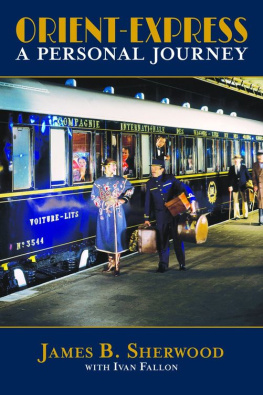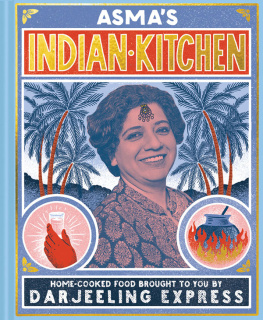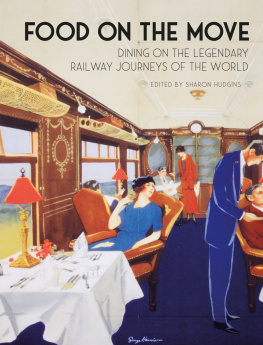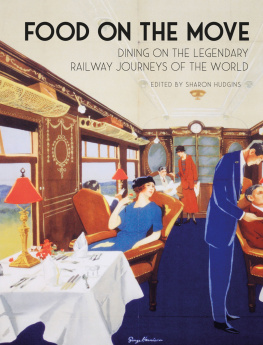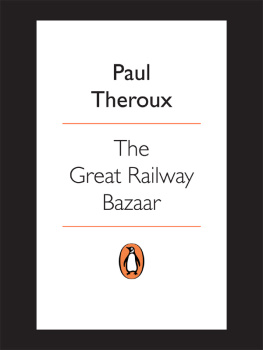
GREATEST
TRAIN JOURNEYS
OF THE WORLD
IN ASSOCIATION WITH
TIMPSON
Also available
The 50 Greatest Rugby Union Players of All Time
The 50 Most Influential Britons of the Last 100 Years
The 50 Greatest Walks of the World
Geoff Hursts Greats: Englands 1966 Hero Selects His
Finest Ever Footballers
David Gowers Greatest Half-Century

GREATEST
TRAIN JOURNEYS
OF THE WORLD
ANTHONY LAMBERT

Published in the UK in 2015 by
Icon Books Ltd, Omnibus Business Centre,
3941 North Road, London N7 9DP
email:
www.iconbooks.com
Sold in the UK, Europe and Asia
by Faber & Faber Ltd, Bloomsbury House,
7477 Great Russell Street,
London WC1B 3DA or their agents
Distributed in the UK, Europe and Asia
by Grantham Book Services, Trent Road,
Grantham NG31 7XQ
Distributed in Australia and New Zealand
by Allen & Unwin Pty Ltd,
PO Box 8500, 83 Alexander Street,
Crows Nest, NSW 2065
Distributed in South Africa by
Jonathan Ball, Office B4, The District,
41 Sir Lowry Road, Woodstock 7925
Distributed in India by Penguin Books India,
7th Floor, Infinity Tower C, DLF Cyber City,
Gurgaon 122002, Haryana
Distributed in Canada by Publishers Group Canada,
76 Stafford Street, Unit 300
Toronto, Ontario M6J 2S1
ISBN: 978-178578-065-3
Book People edition: 978-178578-088-2
Text copyright 2016 Anthony Lambert
The author has asserted his moral rights.
No part of this book may be reproduced in any form, or by any means, without prior permission in writing from the publisher.
Images see individual pictures
Typeset and designed by Simmons Pugh
Printed and bound in the UK by Clays Ltd, St Ives plc
ABOUT THE AUTHOR
A nthony Lambert has written fifteen books about railways and railway travel, including Switzerland without a Car, the Insight Guide to Great Railway Journeys of Europe and Lamberts Railway Miscellany. He has also written on railway journeys and travel for such publications as the Daily Telegraph, The New York Times, The Sunday Times, Wanderlust and Orient-Express Magazine. He was consultant editor to the nine-volume part work The World of Trains, and has travelled on the railways of over 55 countries. He has talked to a wide range of audiences about railways and travel, including the Royal Geographical Society, of which he is a Fellow.
INTRODUCTION
T housands of writers, film-makers, composers, painters and admen have recognised and celebrated the romance of the railway and train travel. Whole anthologies of railway poetry have been published. Who looks at motorways and sees anything but aesthetic blight and pollution? Once written off by politicians lacking prescience, railways have entered a second age. They are being seen as a solution to some of the problems facing an overcrowded and endangered planet, and are experiencing a remarkable increase in passengers where services are competently managed.
Railways are democratic, inclusive, outward-looking, sociable (if sometimes too much so). Who cannot recall engrossing or even life-changing conversations as a result of a chance encounter on a train? The way they transformed the interaction of people in an unprecedented way was recognised by artists who portrayed the new phenomenon in pictures, such as The Railway Station by William Powell Frith and First Class The Meeting by Abraham Solomon. As Simon Bradley notes in The Railways, By 1900 or 1914, [Britons] were much readier than their grandparents had been to set these [social] divisions aside when the time came to travel.
Train travel affords a vision of the world that seems so much more interesting than road journeys; somehow you hardly ever see anything interesting from a motorway. A character in one of R.C. Sherriffs novels hangs out of the train window, watching a hundred fascinating things. As John Betjeman remarked, you need never be bored in a train.
Train travel is liberating in the time it affords for oneself to read, write, think, dream. Trollope designed a portable writing desk so that he could work during his innumerable train journeys when he was in the employ of the Post Office. John le Carr started writing the Smiley novels on the train between Great Missenden and London. Harry Potter was born on a train to Manchester. Even the idea for her Calcutta charity came to Mother Teresa on a train.
Robert Louis Stevenson captured the way train travel induces flights of fancy: while the body is borne forward in the flying chain of carriages, the thoughts alight, as the humour moves them, at unfrequented stations; they make haste up the popular alley that leads towards town, they are left behind with the signalman as, shading his eyes with his hand, he watches the long train sweep away into the golden distance.
Eric Newby, writing about the Trans-Siberian journey before the Iron Curtain came down, put his finger on one of the most engaging attractions of train travel when he said that so many questions have to remain forever unanswered when one travels by train. Almost every scene from the window poses questions in ones mind and sets it wandering in a way unmatched by any other mode of travel.
Today few have the luxury of being able to take pleasure in slow travel, and anyway rail is generally faster than the alternatives up to 300400 miles. In 1920 A.A. Milne thought he would much sooner go by wagonlits from Calais to Monte Carlo in twenty hours than by magic carpet in twenty seconds.
And one senses that Sir Arthur Quiller-Couch, writing in 1944, rather enjoyed a dawdling journey he once took to see an old church: That we halted at every station goes without saying. Few sidings however inconsiderable, or as might seem, fortuitous, escaped the flattery of our prolonged sojourn. We ambled, we paused, almost we dallied with the butterflies lazily afloat over the meadow-sweet and cow-parsley beside the line; we exchanged gossip with stationmasters, and received the congratulations of signalmen on the extraordinary spell of fine weather. It did not matter. Three market-women, a pedlar, and a local policeman made up with me the trains complement of passengers. I gathered that their business could wait; and as for mine well, a Norman porch is by this time accustomed to waiting.
Quite apart from the intrinsic attractions of train travel, part of the explanation for its revival must be disenchantment with the alternatives. Except for those few able to turn left on boarding a plane, air travel, that agent of superficiality as Peter Fleming put it, has lost any lustre it may have had, and the significant decline in driving-licence holders among twenty- and thirty-somethings in countries as affluent as Britain and Switzerland suggests a generation that has fallen out of love with the motor car.
This book is for those in harmony with all these sentiments and who choose to take the train whenever feasible. The choice of the 50 journeys is inevitably personal, and some may be surprised at their inclusion and disappointed by the omission of others. Some have been chosen for the stories they tell as well as the appeal of what passes by the window.
THE 50 GREATEST TRAIN JOURNEYS
UNITED KINGDOM
TRAIN TO SKYE
Next page

